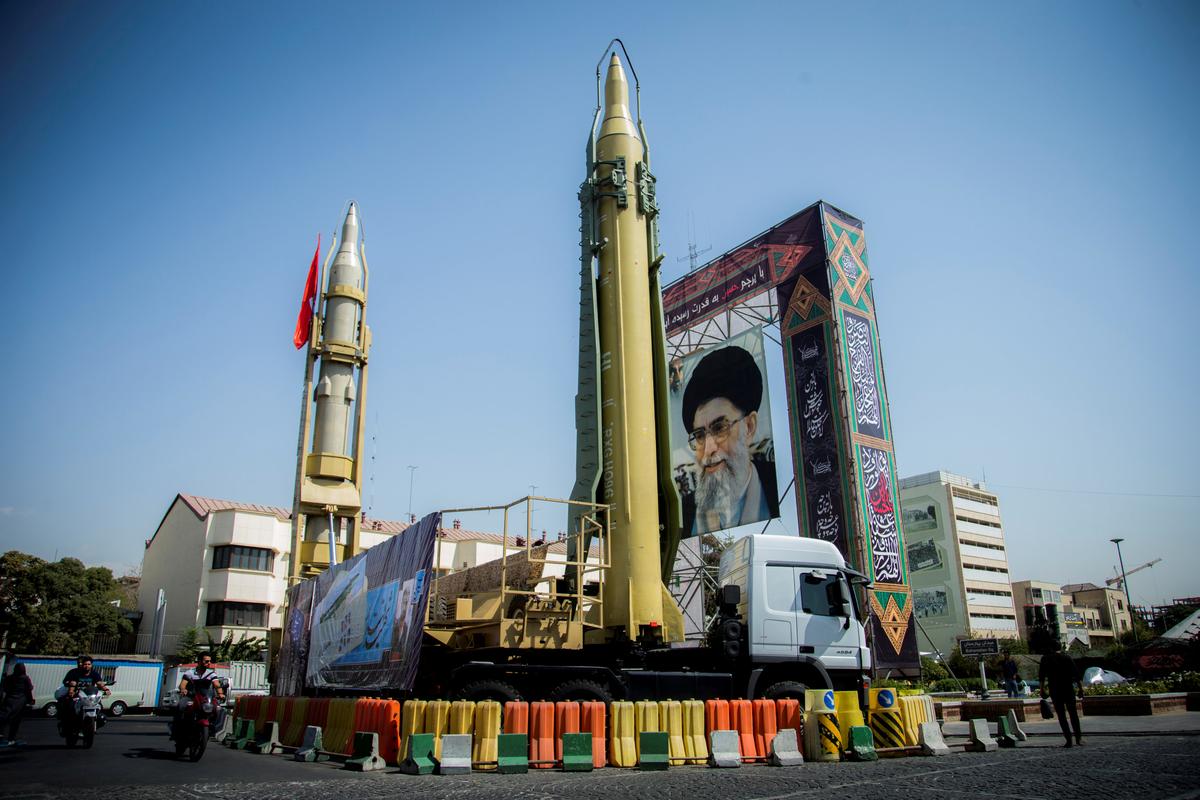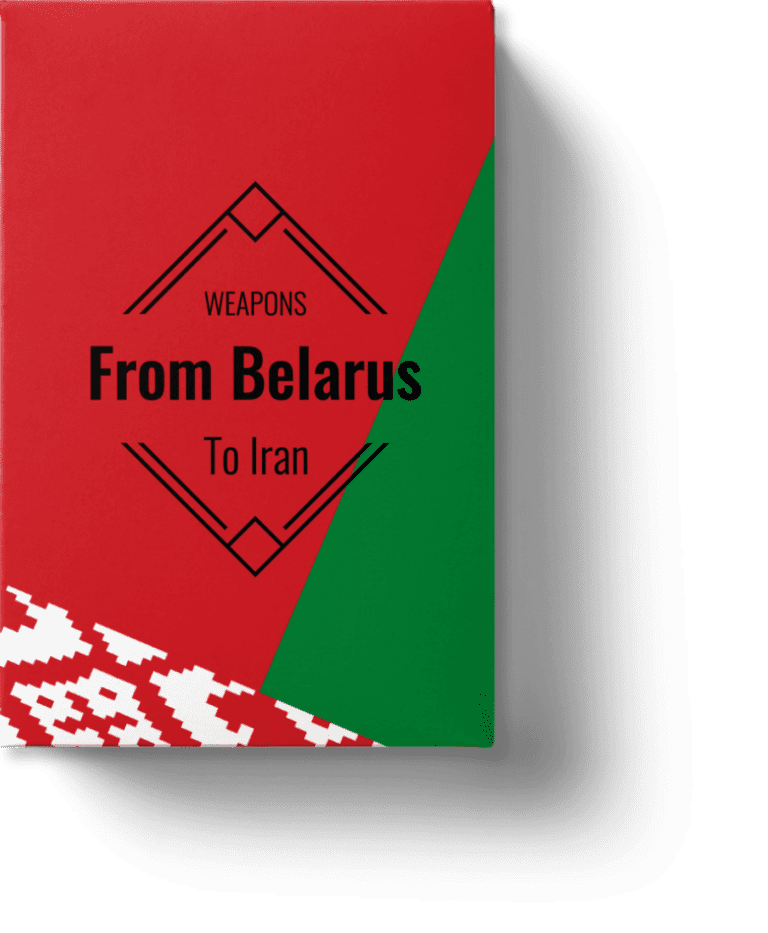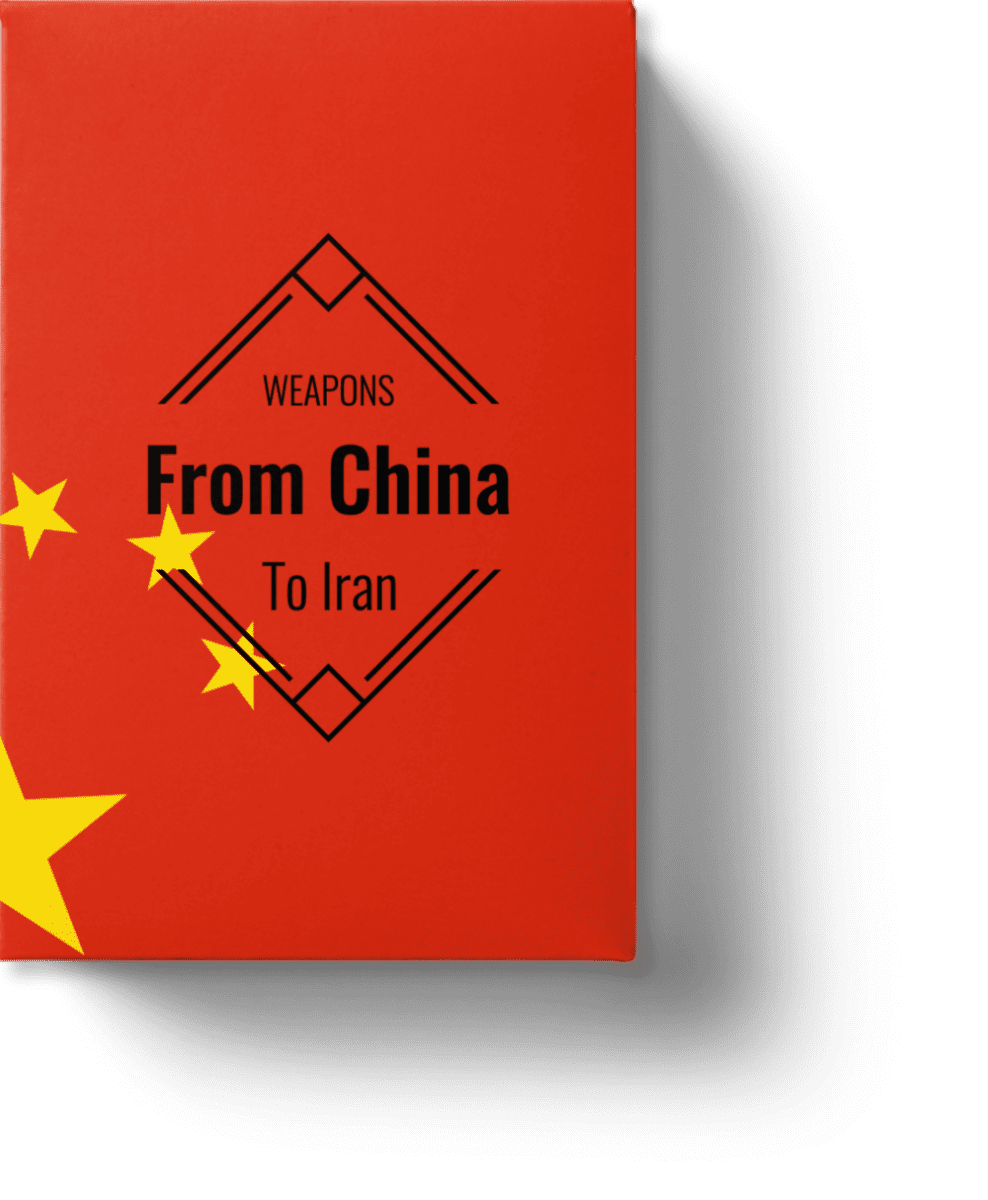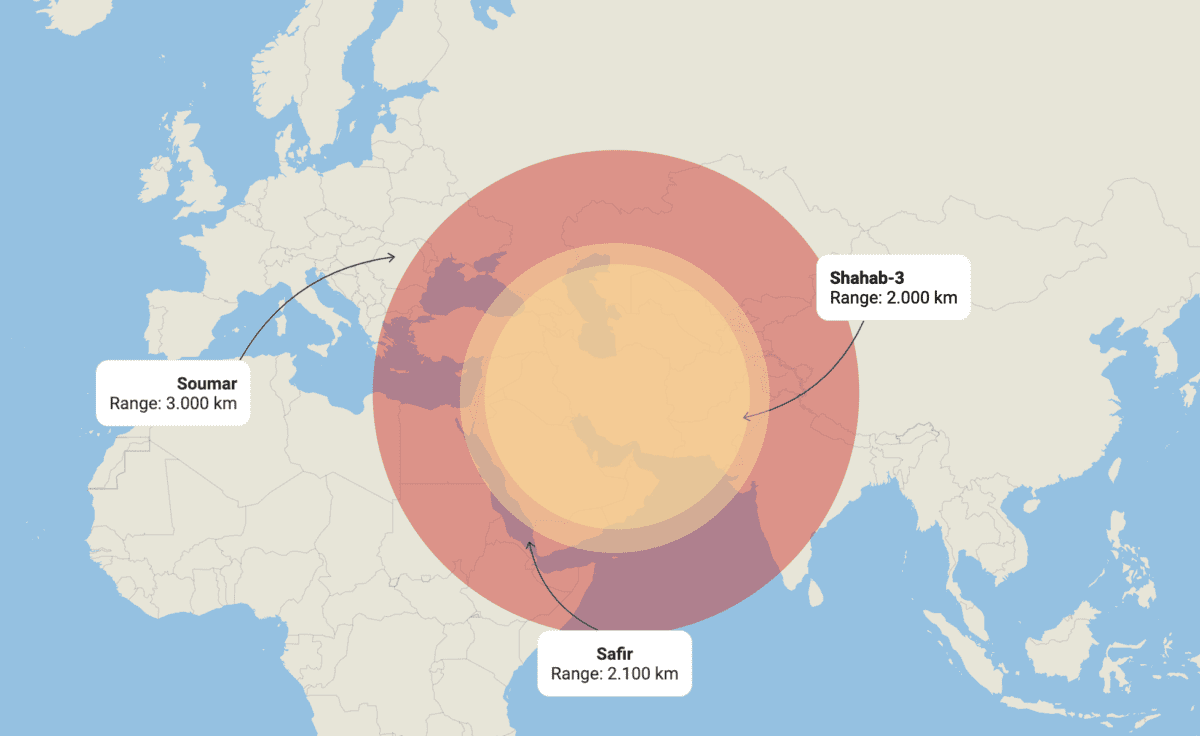Islamic Republic Revolutionary Guards Corps Ground Force (IRGCGF)
Role: Counter ground invasion and internal unrest
Strength: 150,000
Equipment: 31 provincial corps and a Tehran city corps consisting of primarily light infantry and commando units. Has its own artillery and helicopters.
Commander: Brigadier General Mohammad Pakpur
Recent theaters: Syria, Iraq, Iran
Revolutionary Guards Corps, Quds Force:
Force type: Elite force
Strength: 3,000-5,000
Role: financial, training and materiel support to regional Shia militant groups ideologically aligned with Iran.
Commander: Major General Esmail Ghaani
Recent theaters: Lebanon, Syria, Iraq, Yemen, Afghanistan, Bahrain, Palestinian Terrritories
Islamic Republic Revolutionary Guards Aerospace Force (IRGCASF)
Role: Controls Iran’s missile program (Al-Ghadir Missile Command (AGMC), primary operator of Iran’s growing fleet of drones
Strength: 15,000
Equipment: A substantial inventory of close-range ballistic missiles (CRBMs), short-range ballistic missiles (SRBMs), and medium-range ballistic missiles (MRBMs) that can strike targets throughout the region up to 6,000 kilometers from Iran’s borders.
Commander: Brigadier General Amir Ali Hajizadeh
Recent theaters: Iraq, Syria
Islamic republic Revolutionary Guard Corps Navy (IRGCN)
Role: Responsible for protection of the Persian Gulf and the Iranian coast
Strength: 23,000
Equipment: Hundreds of small, fast-attack vessels armed with guns, rockets, torpedoes, and missiles
Commander: Rear Admiral Alireza Tangsiri
Recent theater: Persian Gulf
Islamic Republic of Iran Air Defense Force
Strength: 15,000
Role: Part of “Khatam Al-anbia Air Defence Force’’ of IRGC and military branch split from IRIAF that controls Iran’s military land-based air defense established in 2008.
Commander: Brigadier General Alireza Sabahifard
Basij – Organization of the Oppressed
Role: Iran’s voluntary reserve paramilitary force tasked to counter internal threats and social outreach. It is a core part of the regime’s internal security apparatus used to quell domestic unrest.
Strength; 450,000 plus 500,000 + inactive members
Commander: Brig. Gen. Gholamreza Soleimani
Recent theaters: Iran and Syria
Other forces:
Iran’s regular military and the IRGC also command each of their own set of special operations forces and intelligence services
Sources: US Defense Intelligence Agency, Iranian military websites, Russian and American think tanks a.o.






